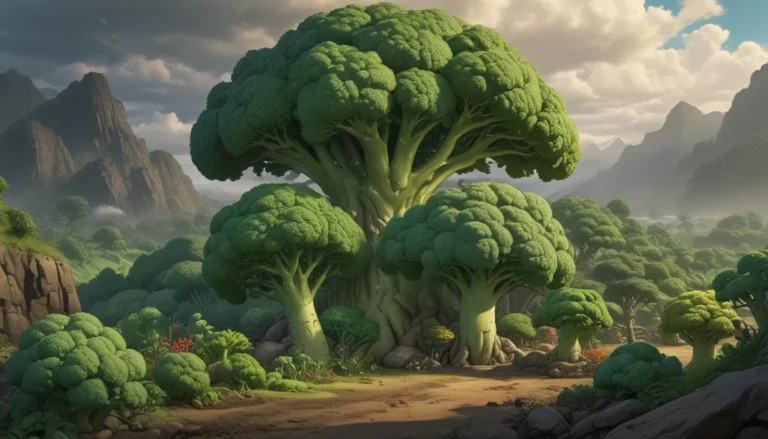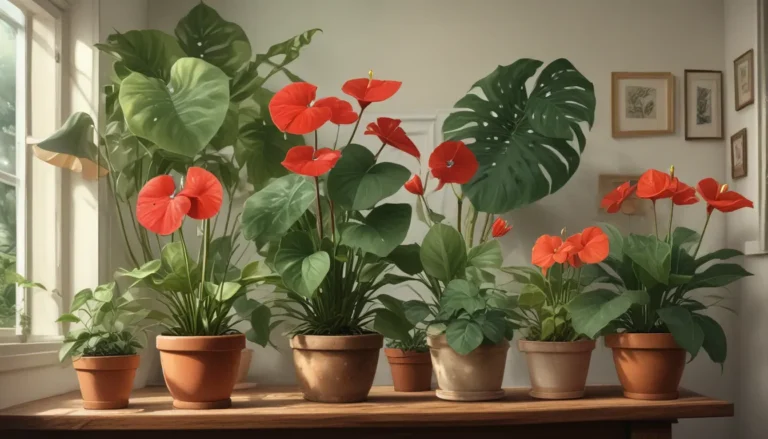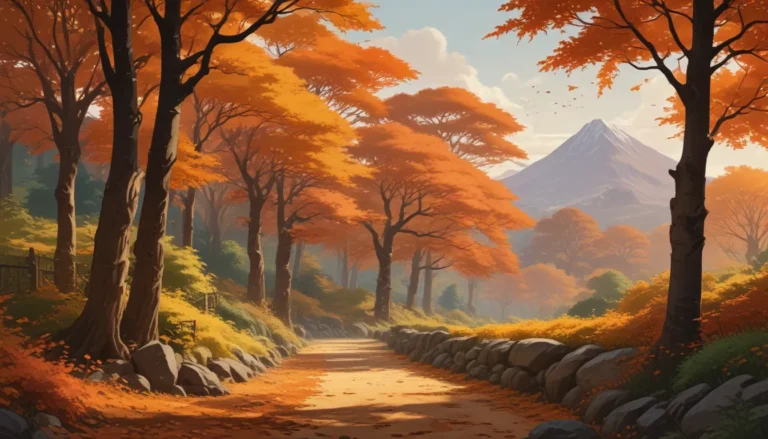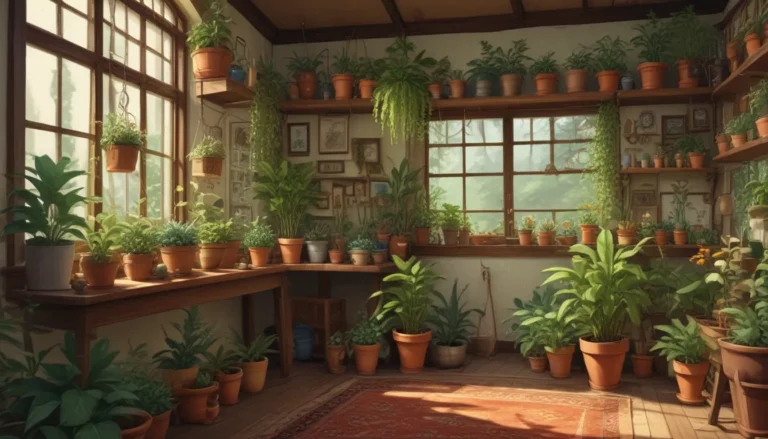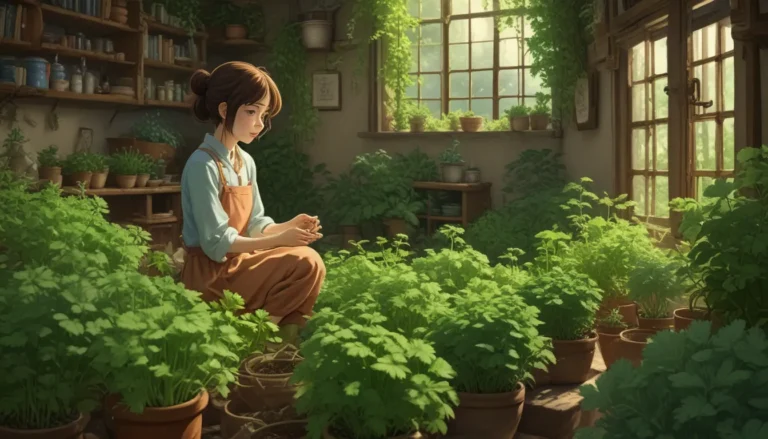Understanding Weeds: What You Need to Know
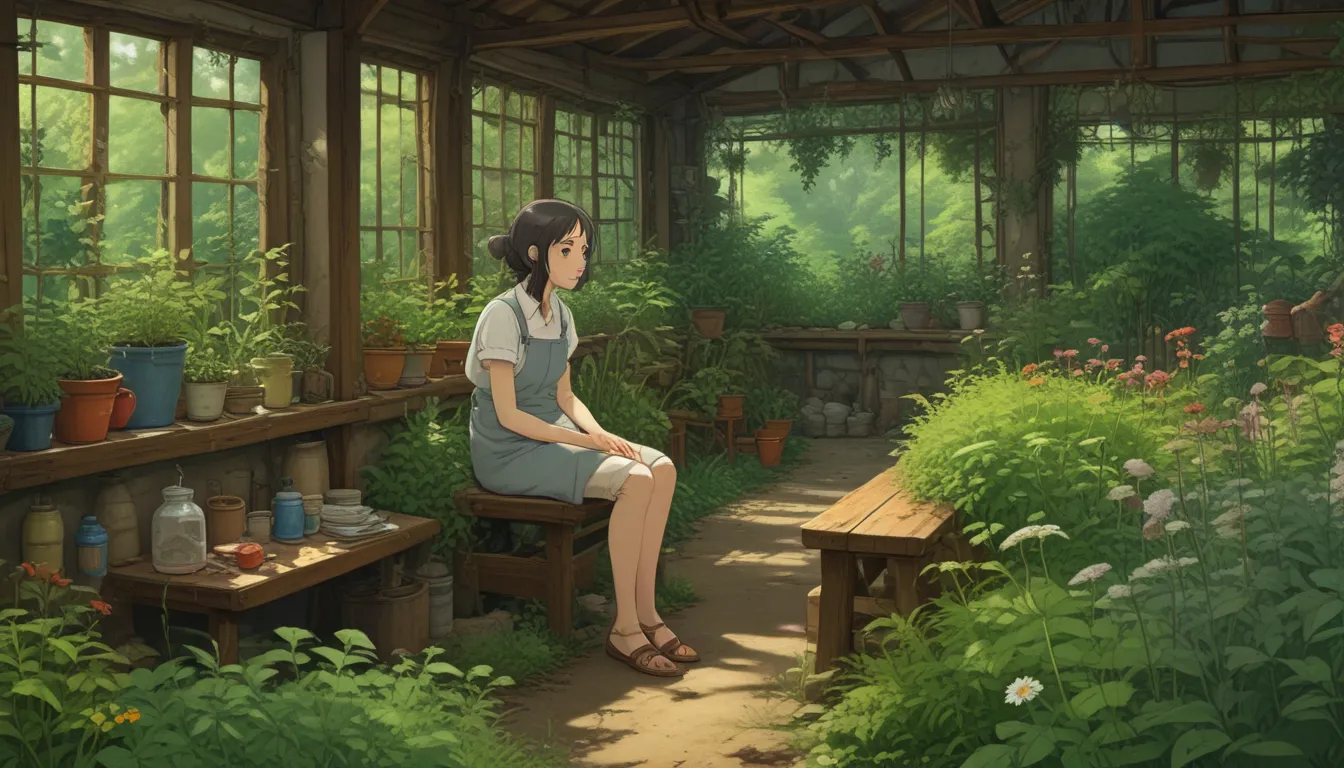
Have you ever stopped to appreciate the beauty of an untamed, wild landscape? Poet Gerard Manley Hopkins did, and you might share his sentiment. While a manicured garden is lovely, there’s something special about a touch of wildness.
Now, let’s dive into the world of weeds. Are they really the enemy, or can they coexist harmoniously with your cultivated plants? Let’s explore the ins and outs of weeds to help you make an informed decision.
What Defines a Weed?
According to the Merriam-Webster Dictionary, a weed is a plant that grows vigorously in a location where it’s not wanted, often outcompeting desirable plants. In essence, a weed is a plant that’s in the wrong place.
Interestingly, what constitutes a weed can vary from person to person and from one region to another. For example, a dandelion might be viewed as a pest by one gardener but cherished for its medicinal properties by another.
When to Pull Weeds
While some weeds are harmless, others can pose a threat to your cultivated plants. Weeds like mallow, lamb’s-quarters, and clover can harbor diseases that may harm nearby crops. In such cases, it’s wise to remove these weeds to protect your plants.
Additionally, some weeds, such as kudzu, Japanese knotweed, and English ivy, can be highly invasive and destructive. These species can overwhelm your garden and even cause structural damage to buildings.
Certain weeds, like garlic mustard and bindweed, have the potential to outcompete native plants, disrupting the local ecosystem. In such cases, community efforts are often needed to eradicate these aggressive weeds.
When to Embrace Weeds
Not all weeds are villains. Some, like dandelions and clover, are harmless and can even benefit the garden. Dandelions, for example, have edible and medicinal properties, making them more than just a nuisance.
Native plants that creep into cultivated areas can also be beneficial. These plants attract native wildlife, including pollinators and predators that help maintain a healthy ecosystem.
To strike a balance between controlling weeds and preserving beneficial species, consider incorporating certain weeds into your garden intentionally. This approach can add diversity and interest to your garden while supporting local biodiversity.
How to Manage Weeds
If you decide that a weed needs to be removed, opt for manual removal methods over chemical herbicides. Chemical herbicides can have negative environmental impacts and may harm beneficial organisms in the soil.
When pulling weeds, choose a dry day to ensure the roots come out intact. This approach prevents the weeds from regrowing and spreading. For persistent weeds with deep roots, using digging tools can help eliminate them more effectively.
Consider planting ground covers or other desirable plants to suppress weed growth and create a more balanced ecosystem in your garden.
Embracing Weed Diversity
In conclusion, the world of weeds is more nuanced than it may seem at first glance. While some weeds can be harmful, others offer valuable benefits to your garden. By understanding the role of weeds in your garden ecosystem and making informed decisions about weed management, you can create a thriving and diverse landscape.
Where do you stand in the debate on weeds? Do you view them as foes to be eradicated or as valuable members of your garden community? Share your thoughts in the comments below.
For more tips on maintaining your yard and garden, explore our comprehensive guides:
- How to Control Dandelions in the Lawn and Garden
- The Basics of Pruning Shrubs and Woody Plants
- When to Prune Old vs. New Wood and How to Tell the Difference
- How to Deadhead Blooming Plants in the Garden
Let’s cultivate a healthy and harmonious garden environment together!
*
